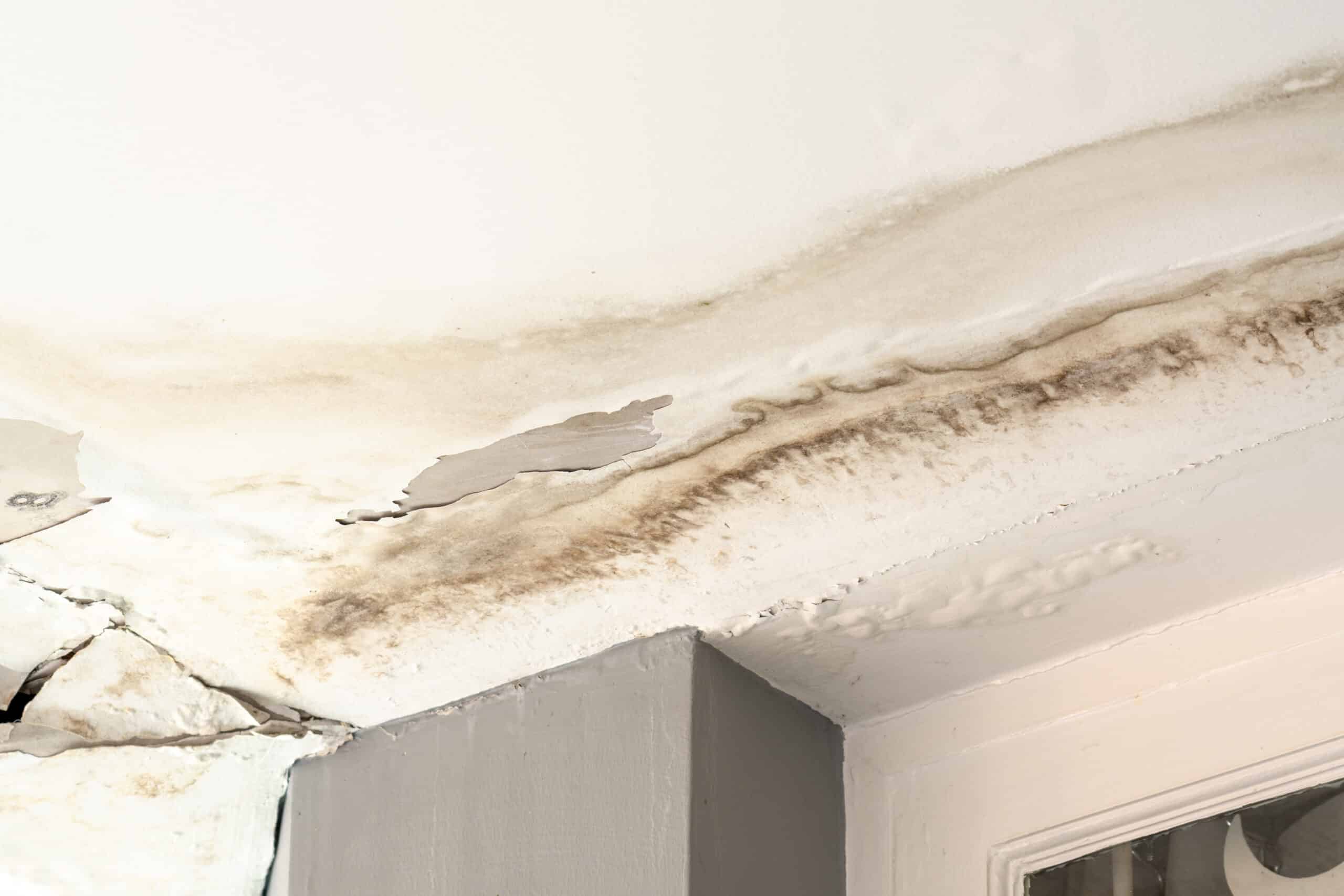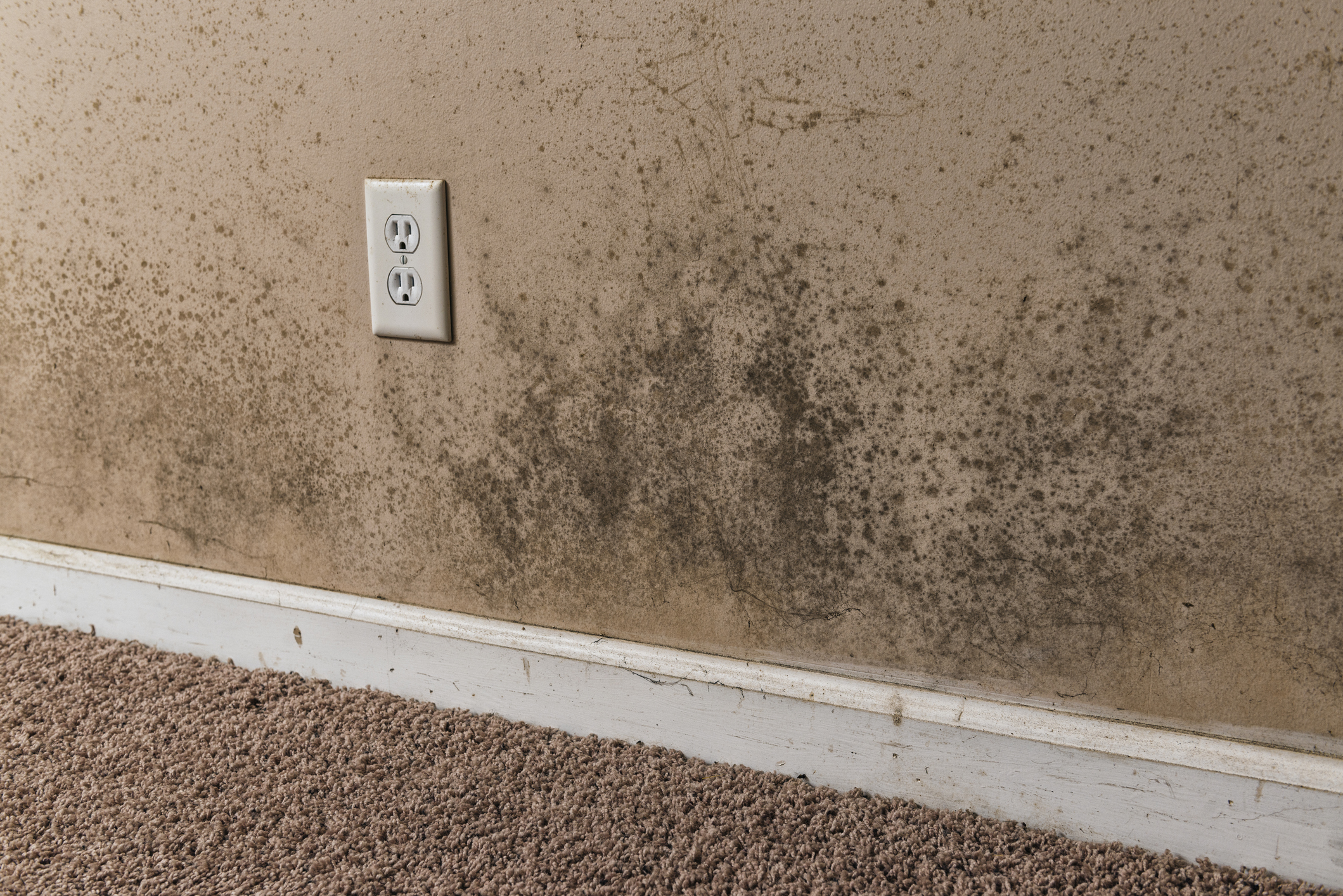Septic tanks are an essential component of many homes that are not connected to municipal sewage systems. Regular maintenance and occasional inspections by a professional service are crucial to ensure they function correctly. One of the first steps in maintaining your septic system is locating the septic tank itself.
In this article, we’ll discuss:
- How to find your septic tank
- Are Septic Tank Locations Public Record?
- How Deep Septic Lines are Buried
- How to Mark a Septic Tank
- The Typical Size of a Septic Tank
How to Find Your Septic Tank
Finding your septic tank can be a bit of a challenge. It’s typically buried underground to prevent contamination and maintain a stable temperature for the wastewater treatment process.
Here are three key methods to help you locate it:
- Consult Your Property Records: Your property records or deed may include information about the septic tank’s location. It might even provide a rough sketch or map.
- Contact a Professional: A local septic system professional can use specialized tools to locate your septic tank. They have experience in finding septic tanks quickly and accurately.
- Look for Visual Clues: Observe your yard for signs like depressions in the ground, lush grass, or a rectangular cover that could indicate the presence of the tank.
Are Septic Tank Locations Public Record?
Whether septic tank locations are public record depends on your location. In some areas, septic tank information may be publicly available, while in others, it may not.
It’s a good idea to check with your local county or municipality’s health department, environmental agency, or property records office to see if they have any information on your septic tank.
How Deep Are Septic Lines Buried?
Septic lines, or the pipes that connect your home to the septic tank and the tank to the drain field, are typically buried about 18 to 36 inches underground. The depth may vary depending on factors such as local regulations, soil type, and climate.
Proper burial depth helps protect the pipes from freezing in colder climates and minimizes the risk of damage from digging or construction activities.
How to Mark a Septic Tank
Marking your septic tank’s location is essential for future reference and maintenance.

- Use Durable Markers: Consider a simple septic tank marker to easily pinpoint its location. These markers should be visible above the ground and withstand weather and time.
- Measure Accurately: Ensure the markers are placed accurately over the tank, and make sure they can be seen clearly even in adverse weather conditions.
- Create a Sketch or Map: It’s a good idea to create a simple sketch or map of your property with the septic tank’s location marked. This will help you, as well as any future homeowners, locate it more easily.
How Big Is a Septic Tank?
The size of a septic tank can vary from 300 to 2,250 gallons. This depends on factors such as the number of bedrooms in your home, local regulations, and the size of your household. Garbage disposals also factor into the capacity equation.
Typically, residential septic tanks range from around 900 to 1,800 gallons in capacity. Larger homes with more occupants may require larger tanks to accommodate the increased wastewater volume.
Locate Your Septic Tank the Professional Way
Locating your septic tank is an essential step in maintaining your home’s wastewater treatment system. While your septic tank location may not always be public record, various methods, such as checking property records or consulting 24 Hour Flood Pros, can help you find it.
Remember that accurately marking the septic tank’s location is crucial for future maintenance and inspections. Understanding the depth of septic lines and the typical size of a septic tank can also help you better care for your septic system and ensure its proper functioning for years to come.




